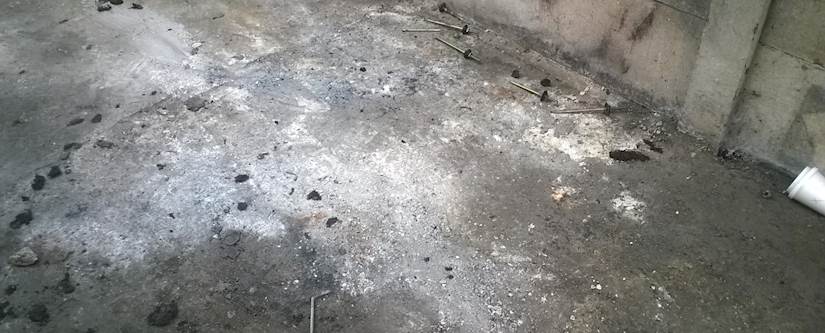
New Asbestos Guidance - What Does it Mean to You?
You may have heard recently about the introduction of new industry guidance regarding asbestos and felt that familiar sense of dread about what these changes mean for you so we thought we’d break it down a little in order to make it easier to digest.
The new guidance bears the positively inspired name: ‘CAR-SOIL™– Control of Asbestos Regulations 2012 – Interpretation for Managing and Working with Asbestos in Soil and Construction and Demolition Materials – Industry Guidance’ and is exactly what it says on the tin. A document which makes the 2012 legislation on asbestos a little more user friendly. Quite frankly it’s a bit of a snore-fest, and I would know – I had to read the entire thing.
Unlike most contaminants we work with, there has never been a Soil Guideline Value (SGV) for asbestos levels and consequently, the figures most widely used are <0.001% for human health risk assessment and <0.1% for hazardous waste definition. The most important thing to note is that, with the implementation of the new guidance this hasn’t changed.
Many people in the industry (ourselves included) had hoped that the introduction of the CL:AIRE guidance may provide new, less stringent rules on asbestos in soils, or at least give a more definitive figure as to acceptable levels however, the problem with anyone giving a new figure is that it might seem to be simply plucked from thin air. There is not currently enough evidence to back up any standalone number due to the difficulties in measuring just how much of an effect asbestos within soil can cause, even when disturbed and so, rather than endanger people unnecessarily, the current attitude is to just avoid exposure to at all costs, hence, the excessively low number.
Our main concern is that using 0.001% for human health seems overly conservative; there’s plenty of evidence to support a much higher number, possibly up to 0.02% however, if you tried to implement this, you’d be told that the numbers are site specific and that one number doesn’t fit all. That’s very true, every site varies dependent upon ground conditions, type of soil and proposed end use to name just a few factors however, in support of that fact why are we all so scared to take these things into account and recommend a more achievable number whilst still keeping everyone safe? Essentially the answer is simple. If you recommend a higher number and it transpires that you’re wrong, let’s be honest, you’re going to be in a whole lot of trouble.
Since we pride ourselves on being useful people here at EPS, we’re using our own, more pragmatic method in order to help our clients achieve their goals. In terms of asbestos regulations, this means we’re using our own pragmatic method in order to keep your project on rails. We consider all the relevant guidance (after all we’re not cowboys!), mainly CIRIA C773 and CAR guidance and use those alongside the JIWG decision support tool; we take into account all the relevant site specific factors and we come up with a manageable number that is both safe and economically viable to help you overcome your issues on site and get back to the real job quicker.